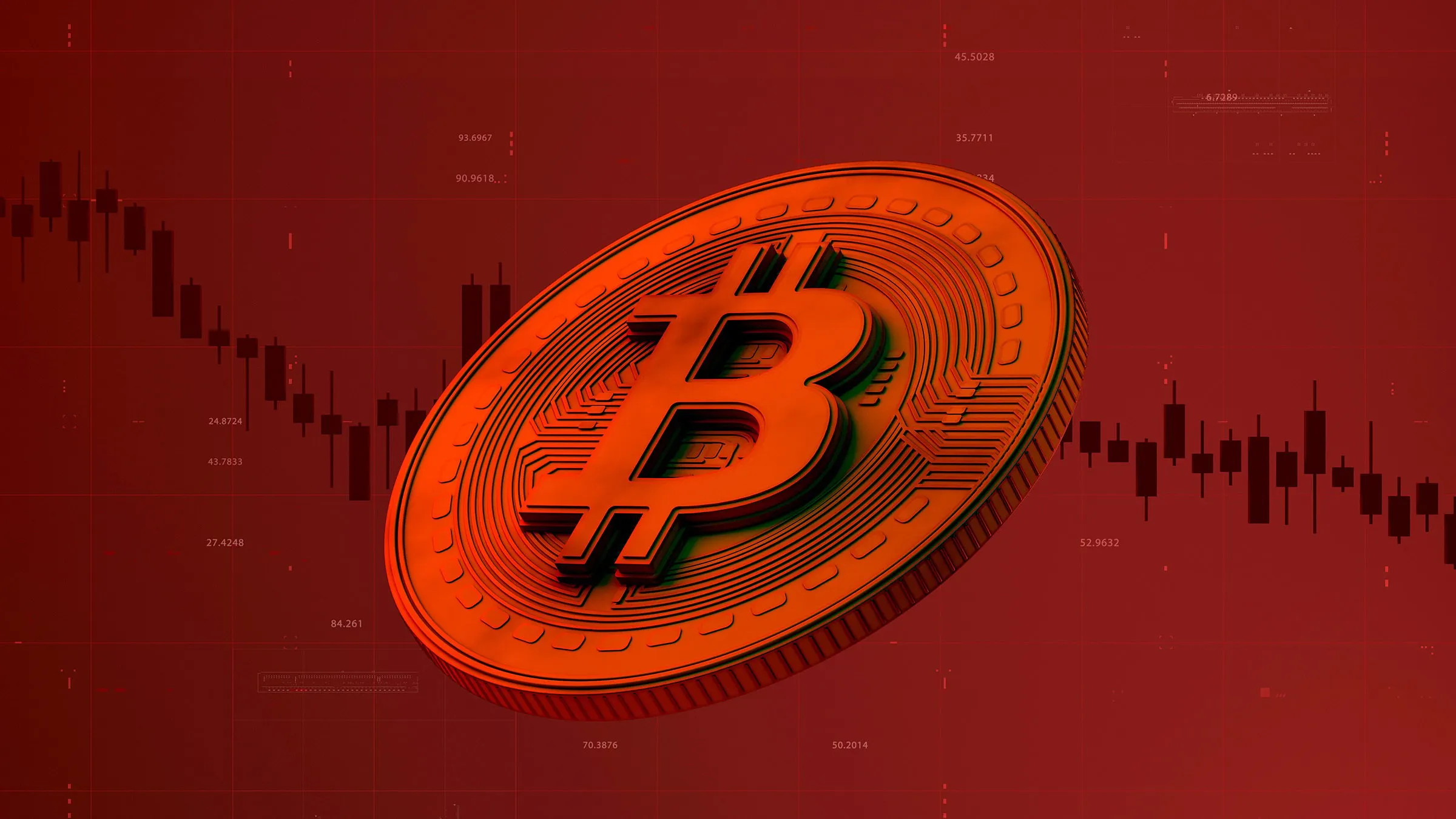As the cryptocurrency market anticipates potential Federal Reserve interest rate cuts, analysts are cautioning that Bitcoin (BTC) might experience a short-term decline, challenging the conventional wisdom that rate cuts are universally bullish for risk assets.
According to a September 2 report by Bitfinex, Bitcoin prices have surged by as much as 32% since the August 5 lows, with global open interest for BTC/stablecoin perpetual pairs increasing by nearly 30%. However, the size of the Bitcoin price jump has fallen amid cooling price momentum, currently up about 17% from the recent low at the current price of $58,153.
The Bitfinex report suggests that the cryptocurrency market may be primed for a "sell the news" event as rate cuts become increasingly certain. This observation is backed by data showing significant selling in spot markets, particularly at the start of U.S. trading sessions throughout the previous week.
Diving deeper into the data, the report highlights that the Cumulative Volume Delta (CVD) for spot Bitcoin trading pairs on major centralized exchanges has decreased by approximately 66% since the August 26 daily high. In contrast, the CVD for Bitcoin perpetuals is down only 11%, indicating a stark difference between spot and derivatives markets.
CVD is a key metric that measures the net difference between market buying and selling volumes on exchanges, helping traders gauge overall market pressure. A declining CVD typically indicates stronger selling pressure in the market.
Elaborating on the report, Bitfinex analysts told Decrypt that they don't believe rate cuts are negative for the market in the long term. However, in the short term, markets have declined by an average of about 6% following the last four Fed rate cuts.
The analysts clarified that this short-term decline typically occurs within a few weeks of the rate cut. They noted that while the S&P 500 might see a modest correction, Bitcoin could experience a more significant drop due to its recent underperformance relative to traditional markets.
“This usually happens because short-term buyers and investors who expect the market to do well [after] the rate cuts look for an exit upon the positive news,” the analysts said, “and similarly, many macro traders view the confirmation of rate cuts as a 'sell the news' event.”
"These are some of the reasons why historically, rate cuts have been short-term negative for the market,” they continued, “and it takes a few months [following] the rate cuts for liquidity to enter the market, as the Fed intended.”
They further said that with the forthcoming rate cuts widely communicated and much more predictable than in previous cycles, they expect lesser volatility and a shorter “sell the news” event.
Further, the report also sheds light on the historical performance of Bitcoin in September, noting that it has traditionally been a volatile month for the cryptocurrency.
Since 2013, Bitcoin has seen an average return of -4.78% in September, with a typical peak-to-trough decline of 24.6% since 2014. This historical trend aligns with the analysts' projection of a potential 15-20% drop in Bitcoin prices following a rate cut.
"Assuming the price of BTC at around $60,000 before interest rates are cut, this would place a potential bottom between the low $50,000s or mid-$40,000 levels," the report states.
However, not all market observers share the same level of bearish sentiment.
Speaking with Decrypt, Matteo Greco, Market Analyst at Fineqia, said rate cuts often lead to short-term declines but tend to be positive in the long run.
“Initially, they are seen as a 'sell the news' event also because they typically occur during economic slowdowns, causing risk assets to underperform,” he said. “However, as markets adjust and expectations are priced in, the benefits of lower interest rates start to emerge.”
Greco further said that a 75-100bps rate cut by the end of 2024 is already anticipated, so only significant deviations from this expectation should negatively impact markets. For instance, a 50bps cut at the next Federal Open Market Committee (FOMC) meeting could signal worsening economic conditions and an emergency move by the Fed, potentially pushing prices lower in the short term.
The Bitfinex report notes that market sentiment currently points to a 70% probability of a 25 basis point rate cut, and a 30% chance of a 50 basis point cut at the September meeting. These expectations, combined with signs of a weakening labor market—evidenced by underwhelming non-farm payroll (NFP) reports and declining job openings—reinforce the case for imminent rate cuts.
Edited by Andrew Hayward

